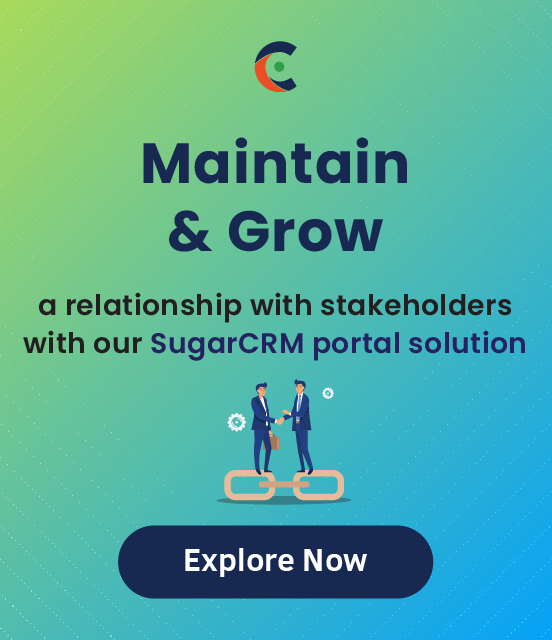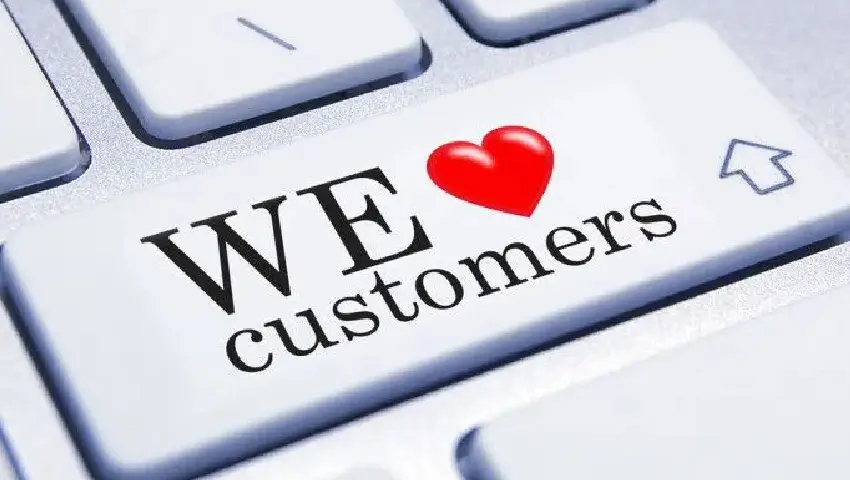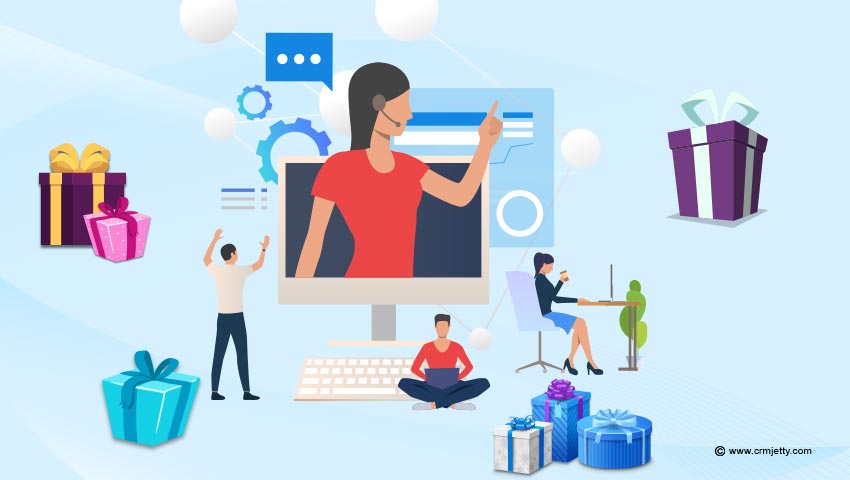One of my pet peeves is to have to ask for help to fix tech problems, both software and hardware ones. On that note, I also don’t prefer asking for directions. Ever since I saw Google Maps, I have depended on it, not only in familiar places but also in strange cities, on hilltops and everywhere else.
When I wanted to fix my hard drive, I poured over online forums, learning which ones were genuine, which ones were more likely to brick my HDD, and everything in between. Then I threw caution to the wind, risked my assignments on the HDD and followed detailed instructions and fixed it!
In my research, what I noticed was the vibe of these communities. The ones that were official forums by HDD manufacturers had replies from the people working at the company, helping out, replying to each repeated question and tailoring their solutions for each question. Seasoned tinkerers and the company members sounded like they knew each other and remembered their previous interactions. Even though the product was proprietary, the company members did not insist on fixing it only at the service center.
More or less, the tech community has realized that there are people who like to fix these things themselves. So they give the information and use their staff’s time to fix the problems of the people who don’t want to get inside their gadgets themselves. It saves them time, money, and resources.
Since tech is one of the most impactful industries of this decade and the last, the way it does things is noticed and replicated. This has given a welcome rise to client portals.
Kodak. Radio Shack. Toys “R” Us. They are some of the companies that went bankrupt due to their inability to successfully innovate.
One of the reasons was also because traditional business models are not working for most of the industries now. That’s why CEOs ranked this as their number one challenge. Updating and reinventing their business model.
Business models need to keep up with the ever-changing customer landscape.
And building a customer portal can help you tackle these challenges. On top of that, here’s why a customer portal can help your business scale in 2020:
Tailored support
No matter what the product or service is, customers have various pain points. They don’t want the common answer, “turn it off and turn it back on”. A customer portal becomes the place where they can come and get the answers they need, and more importantly, when they need it. Prompt customer service, whether it is by the support staff or a portal goes a long way in customer retention and loyalty.
An information repository
For someone like me who learnt everything I know about gadgets outside the classroom, such a knowledge base was one of the best tools. Not only does it work as a way to give your customers a platform to get information about the products they have, but also as a way to give information that can help them make their buying decision.
The knowledge base in a client portal gives customers and potential customers a way to learn about your product and how it can benefit them. Pretty much what this blog is aiming to do. Knowledge base is sneaky that way but that’s the fun of it!
Emails are ancient
Recently, one of my friends ordered a bunch of bags from a store, and coincidentally got the same ones as a gift from her partner. She was out of $100 and so was her partner and two sets of the same things. So, they had to return one set. When she went back to the website to hunt for a return button, there wasn’t one! So she had to resort to emails.
It gets worse though.
The store claimed that they never got her emails and the return window had closed but if she still wanted to, the shipping cost would be on her. It is safe to say that the less than acceptable customer service overshadowed the superior quality of the product. This happened because of not having a fully equipped customer portal and instead having to use emails!
In 2020, if you want your business to get anywhere, focus on customer experience and I can promise you, email helps you nowhere.
Proactive offerings
Your CRM is a database of all the customers’ information and your products. If your business is lifestyle products and services, you can automate surveys to get your customers to tell you their preferences. Apart from surveys, when they buy a product, for example, trousers, you can have the portal ask whom it is for. You can configure your portal to proactively alert them about the preferred styles and even suggest sizes based on previous purchases.
This shortens the time that they need for making a positive buying decision. The effect of that is of course positive for you.
2020 is the year that the experience industry builds excessively on the last year’s experience. You can learn a lot from a year that brought to light how large companies treat consumers (not that great), their employees (absolutely horribly).
A customer portal serves both these parties well. And you most certainly want to make sure you don’t do what they did to their businesses because they didn’t focus on the right things.
About Us:
CRMJetty has a combination of scalable customer portals, from SugarCRM customer portal, to ones with Dynamics CRM as well as Salesforce CRM. Take your pick, and let it help you go about your business the right way. Get in touch with us here to discuss the possibilities of how such a portal can work with your business model.
All product and company names are trademarks™, registered® or copyright© trademarks of their respective holders. Use of them does not imply any affiliation with or endorsement by them.







